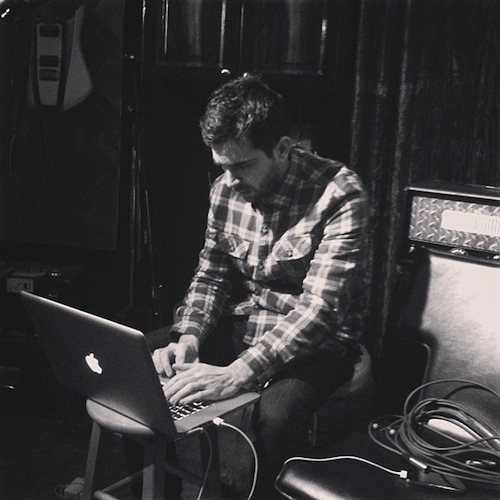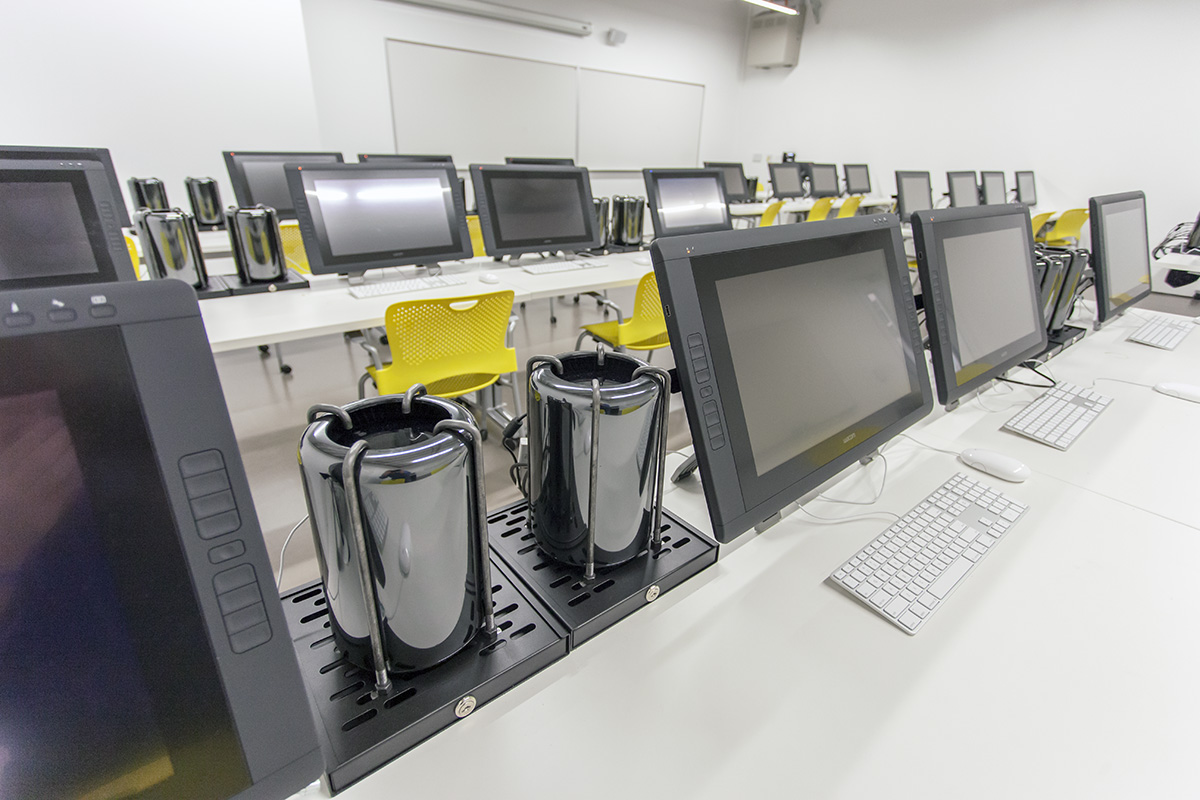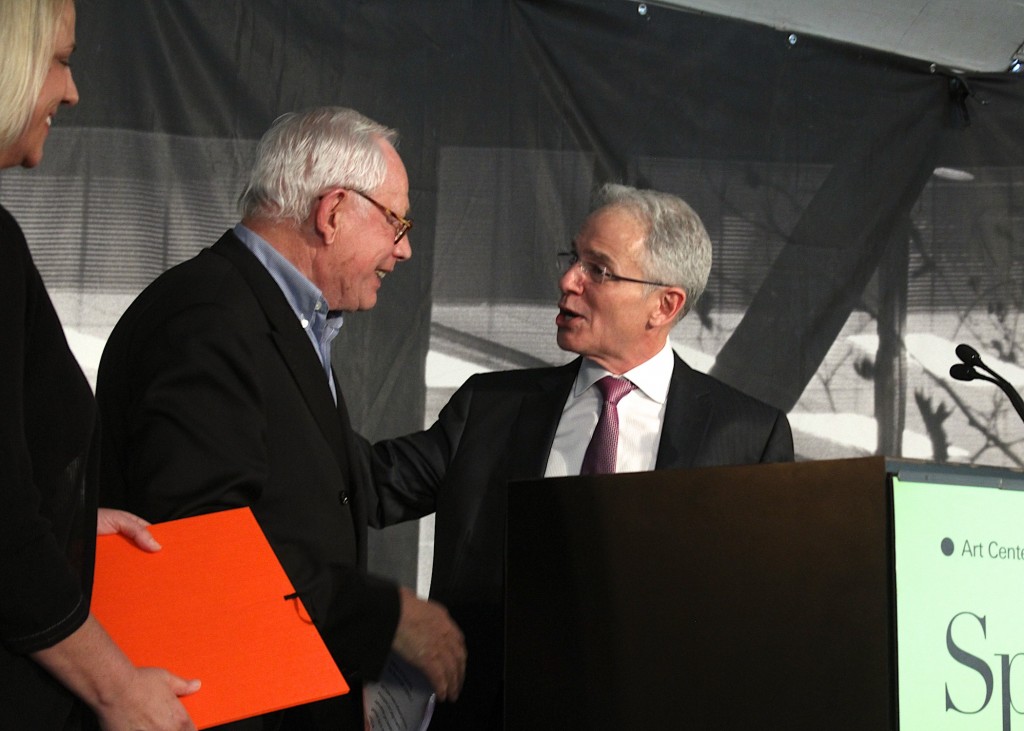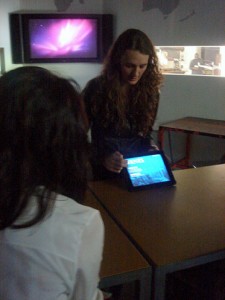
It’s hard to believe the iPad has only been with us for a little over a year. The now ubiquitous device debuted last April and sold three million units in 80 days, making it the then-fastest selling device of all time. The publishing world quickly took notice and recently began publishing iPad-specific publications. Virgin CEO Richard Branson’s magazine Project was the first such publication out of the gate last December, and this February Rupert Murdoch’s News Corporation launched its iPad-only newspaper The Daily.
Sensing a shift in the industry, Nik Hafermaas, Chair of Art Center’s Graphic Design Department, sat down with instructor Carla Barr to discuss the possibility of creating an iPad design class. Barr, who has taught Editorial Design extensively, saw an opportunity to bring her area of expertise and this new technology together and suggested creating an iPad Editorial class.
“Students a few years ago had very mixed feelings towards interactive media,” says Nik Hafermaas, who thinks this class, along with classes like MediaTecture and this coming term’s augmented reality studio—sponsored by LAYAR and co-taught by writer Bruce Sterling—fall into the burgeoning arena of transmedia design and are important steps for where Art Center students needs to be headed conceptually. “Now students are aware of the ubiquitous nature of these tools,” he says. “They’re starting to enjoy using them, and see that somebody needs to design the content.”
The experimental class—whose test run took place last term and which is being offered again Summer Term—attracted the attention of two education specialists from Apple, one who visited the class and another, according to Barr, who said there was no other class he knew of focusing on editorial for the iPad.
We recently chatted with iPad Editorial instructor Barr and two students who took the class, Graphic Design majors Megan Potter (who graduated last month) and Jinsub Shin about their experience and digital publications.
Carla Barr, Instructor
Dotted Line: Who took this class?
Carla Barr: Surprisingly, everybody in the class was part of the graphics print area of emphasis. They were sixth, seventh and eighth term students whose last interactive class had been early in their Art Center education.
Dotted Line: What kind of work did they do in class?
Barr: They created their own magazines and newspapers. I wanted them to come up with the content, rather than give them an assignment. So they came back with concepts and I had them cover the walls during the second week with their ideas.
Dotted Line: Each student created a magazine?
Barr: A sample of a magazine. They had to create a minimum of three articles, a table of contents, a cover and two covers for future issues. And there had to be interactivity and motion in each story. This was also an editorial class, so I taught them the structure of a publication, use of typography, imagery and sequencing.
Although the content would end up on an iPad, I still had to make sure they understood the fundamentals and everything my editorial students from the past would have to learn.
Continue reading →








